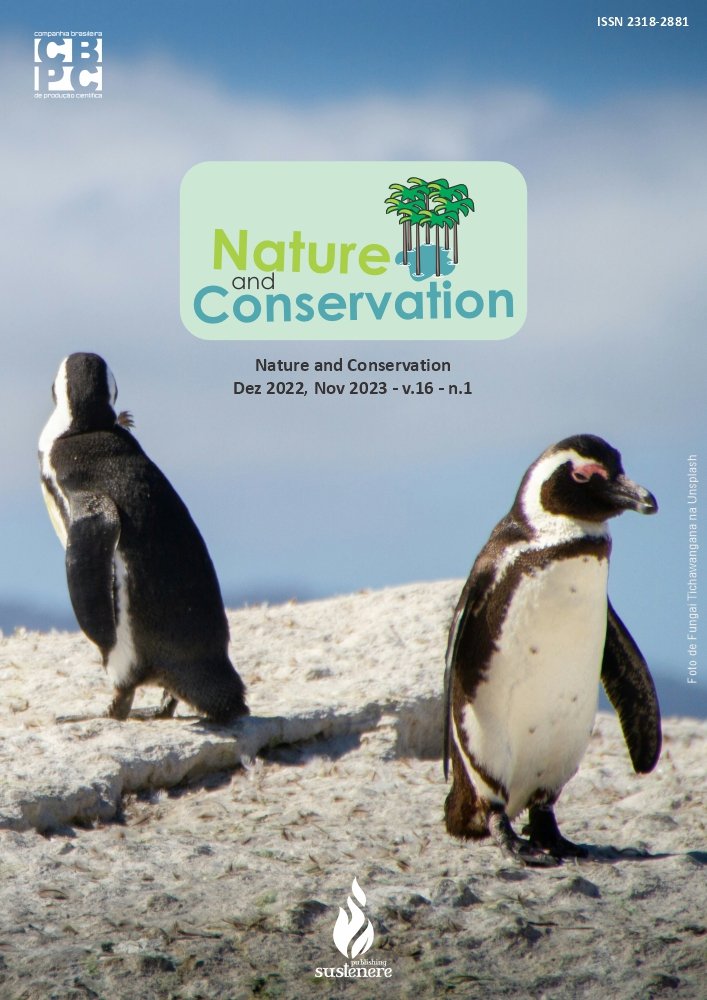Morpho-anatomical study of Protium tenuifolium (Engl.) Engl plants
DOI:
https://doi.org/10.6008/CBPC2179-6858.2022.005.0005Keywords:
Morphology, Protium, GerminationAbstract
Protium Burm.f. stands out for its diversity of species in the Amazon. Therefore, the objective the present work was to describe the morphological characters of fruits, seeds and seedlings, as well as to provide information on the germination of P. tenuifolium (Engl.) Engl. until its initial seedling growth. The fruits of the species highlighted were collected from January to April in the area of the Manoel Preto/Anani Hill complex, in the Sustainable Development Reserve in the Iratapuru river (SDR), in the municipality of Laranjal do Jari, Amapá. These fruits are ellipsoid with a rounded base, with an average size of 1.5 - 2.8 x 0.8 - 2.2 x 0.7 - 2.2 cm, with a slightly acute apex and short stipule, as well as their weight ranges from 0.6 to 5.1 g. They can present one, two or three pyrenes per fruit. The pyrene is green to dark green, with an ovoid shape, narrowing at one of the poles, with 1.1 - 1.8 x 0.8 - 1.2 x 0.7 - 1.2 cm, weight 0.1 to 0.6 g and bone consistency. It presents, in the region of funicular connection, a white spot which consistency and texture are different from the rest of the pyrene. The germination is of the epigeal type, cryptocotyledonar, with an axis between the cotyledons, which has a permanent reserve adhered to the seedling. P. tenuifolium reaches the seedling stage about 30 days after sowing. It has an axial root system; a yellowish to brown cylindrical primary root and thin, yellowish, cylindrical secondary roots irregularly distributed along the primary root. The epicotyl axis is cylindrical, erect, short in relation to the hypocotyl, ca 2 mm long, sub-woody, dark green, pubescent. The next leaves are composed, unifoliated, alternating and they have some similar characteristics to those described for the first leaves, except the petiole and the size, since they are larger, with 7 to 10 cm. From these characteristics, the individual of P. tenuifolium is already considered a young plant.
Downloads
Published
Issue
Section
License
Copyright (c) 2022 Ibero-American Journal of Environmental Sciences

This work is licensed under a Creative Commons Attribution-NonCommercial-NoDerivatives 4.0 International License.
The CBPC - Companhia Brasileira de Produção Científica (Brazil CNPJ: 11.221.422/0001-03) the material rights of the published works. The rights relate to the publication of the work anywhere in the world, including rights to renewals, expansions and dissemination of the contribution, as well as other subsidiary rights. All electronically published works may subsequently be published in printed collections under the coordination of this company and / or its partners. The authors preserve the copyright, but are not allowed to publish the contribution in another medium, printed or digital, in Portuguese or in translation.









